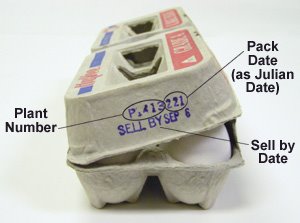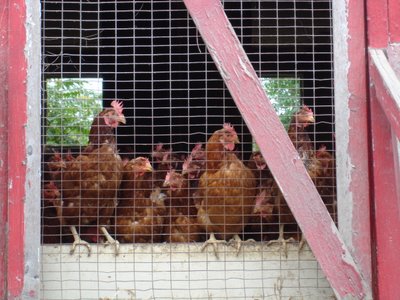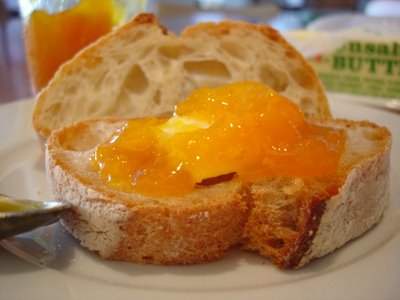
I decided to check out the new Chow foodie site. It was recently bought by CNET it is chock full of great content: I wish I created it myself! It has some terrific recipes in addition to cookbook and product reviews and instructional videos / content. My eye fell on a recipe for potato, quinoa and cumin hash browns which looked interesting and unusual. I happened to catch it just before a planned brunch for this weekend -- what a great time to try it out! I did everything up until the frying the day before and then just took the potatoes out of the refrigerator and cut and fried them morning of. This made what is a somewhat lengthy process (due to the 3 hours required to chill the potatoes before frying) more manageable. The hash browns turned out scrumptious and the toasted cumin added just the right twist to the old classic. I found the fact that they pre-baked and chilled the potatoes interesting – I assume that was to get them to hold a nice, compact, square shape, which they did.
Total Time: 1 hr 20 mins, plus chilling time (~3 hours additional)
Active Time: 50 mins
Makes: 12 hash browns
1 cup quinoa
3 tablespoons cumin, toasted
4 teaspoons kosher salt
2 1/2 pounds peeled Idaho potatoes
1 bunch chives, chopped
Heat oven to 400°F. Using a spice grinder or a mortar and pestle, coarsely grind together the quinoa, cumin, and salt; set aside.
Using a food processor with the grating attachment, grate the potatoes. Remove the grated potatoes from the processor and place them in a mixing bowl. (Alternatively, you can use a box grater.)
Let the grated potatoes rest for 5 minutes. Squeeze the liquid from the potatoes, one handful at a time, and place them in a separate, clean mixing bowl.
Add the ground quinoa, cumin, and salt mixture to the squeezed potatoes, and mix with your hands until well incorporated. Oil a 9-by-13-inch baking dish with olive oil and place a piece of parchment paper on the bottom, cut to fit exactly.
Pour the potato mixture into the oiled pan and pack it down (make sure to keep it a consistent thickness). Brush the top of the mixture with some more olive oil, and cover with another piece of parchment paper placed directly on the potatoes.
Place in the preheated oven and bake for 25 minutes. Remove from the oven and allow to cool to room temperature. Place in the refrigerator to cool completely, about 3 hours.
After 3 hours, remove from the refrigerator and slide a thin, sharp knife around the perimeter of the potatoes to loosen them from the pan. Flip the potatoes onto a cutting board. Trim off any crisp edges and cut into 12 equal pieces.
Fill a frying pan with 1/2 inch of a neutral oil (such as vegetable, canola, or peanut) and heat over medium heat. When the oil is hot (about 350°F), fry the hash browns until crisp and golden brown, about 3 to 5 minutes per side. Drain the finished hash browns on paper towels, season with salt, garnish with chopped chives, and serve.




















